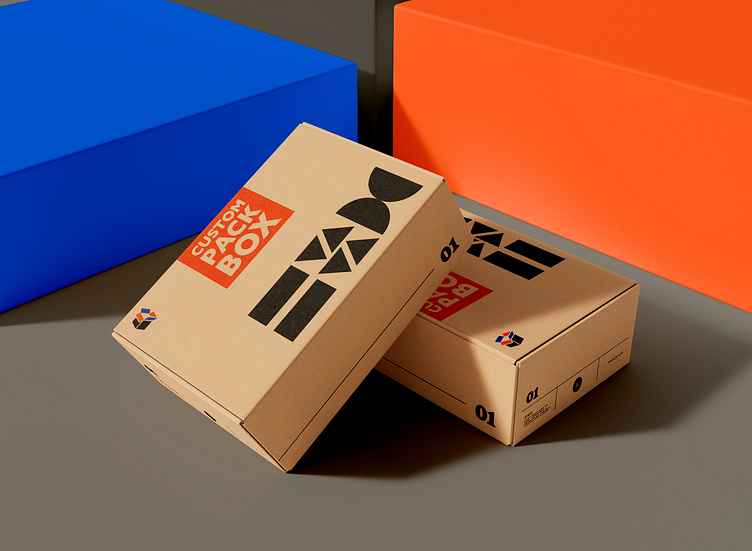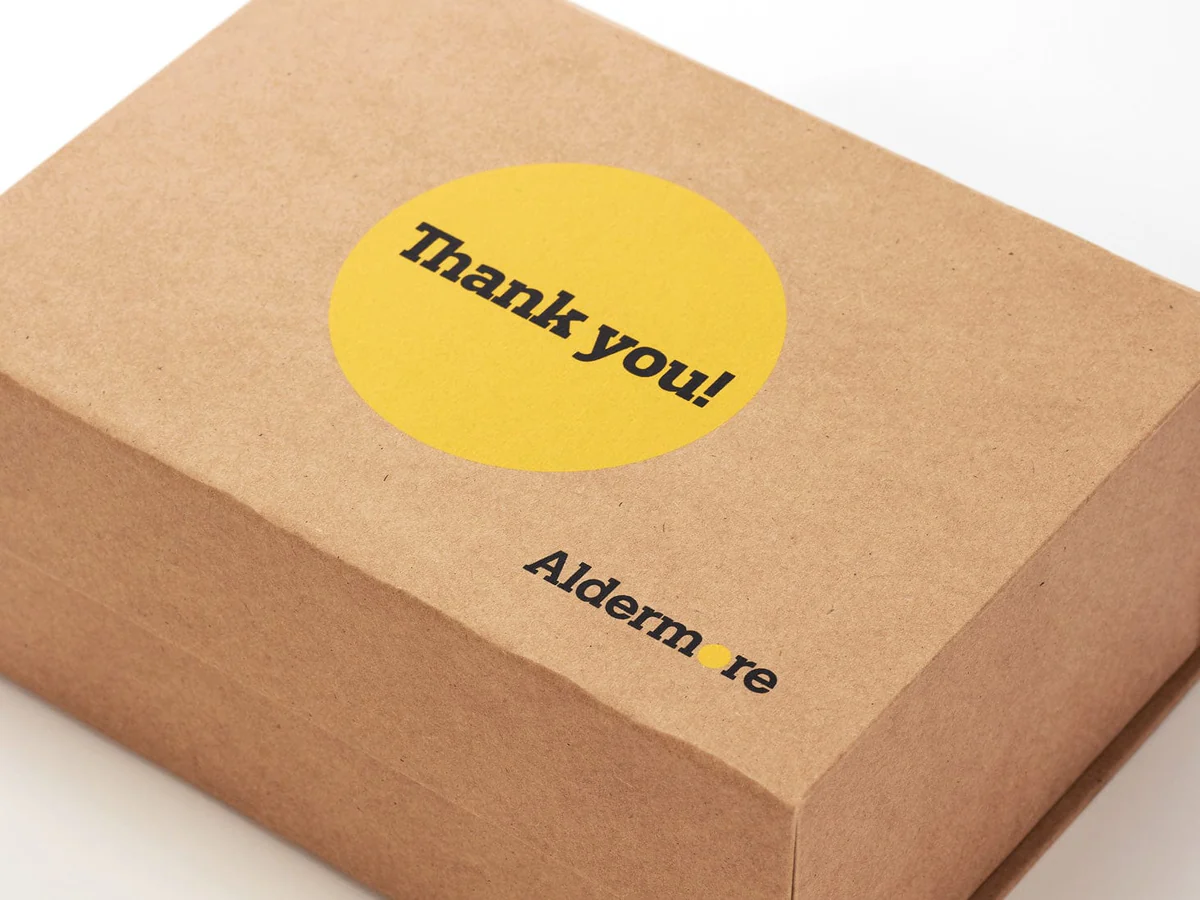The manufacturing process of kraft paper packaging boxes typically involves several steps that are aimed at producing strong, durable, and eco-friendly packaging. Here are the key steps involved in creating kraft paper packaging boxes:
Pulping: The first step involves pulping wood chips or recycled paper in water to create a pulp mixture. This mixture is then refined to break down the fibers and remove impurities.
Papermaking: The pulp mixture is then spread out in a thin layer on a wire mesh and water is removed through a series of rollers and heated drying cylinders. This process creates a continuous roll of kraft paper.
Corrugation: For creating corrugated kraft paper, the paper is passed through a series of corrugating rollers that add a wavy layer in between two layers of flat paper, forming a three-layered sheet.
Printing: The kraft paper can then be printed with a variety of designs, logos, or product information using printing machines that apply ink to the paper.
Die-cutting: The kraft paper is cut into specific shapes and sizes using die-cutting machines. This step prepares the paper to be folded and assembled into the final packaging product.
Folding and gluing: The cut kraft paper is then folded into the desired shape using folding machines, and glued together using a hot-melt glue or water-based glue. This process creates the final kraft paper packaging box.
Quality control: Throughout the manufacturing process, quality control checks are performed to ensure that the kraft paper packaging boxes meet the required standards for strength, durability, and finish.
The above steps are the key stages involved in the manufacturing process of kraft paper packaging boxes. It’s worth noting that the process may vary depending on the specific product design and production requirements.
Post time: Feb-27-2023







